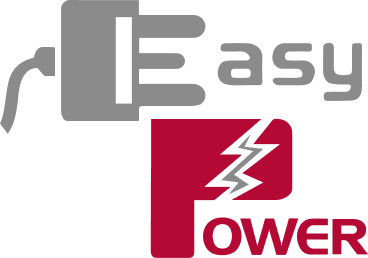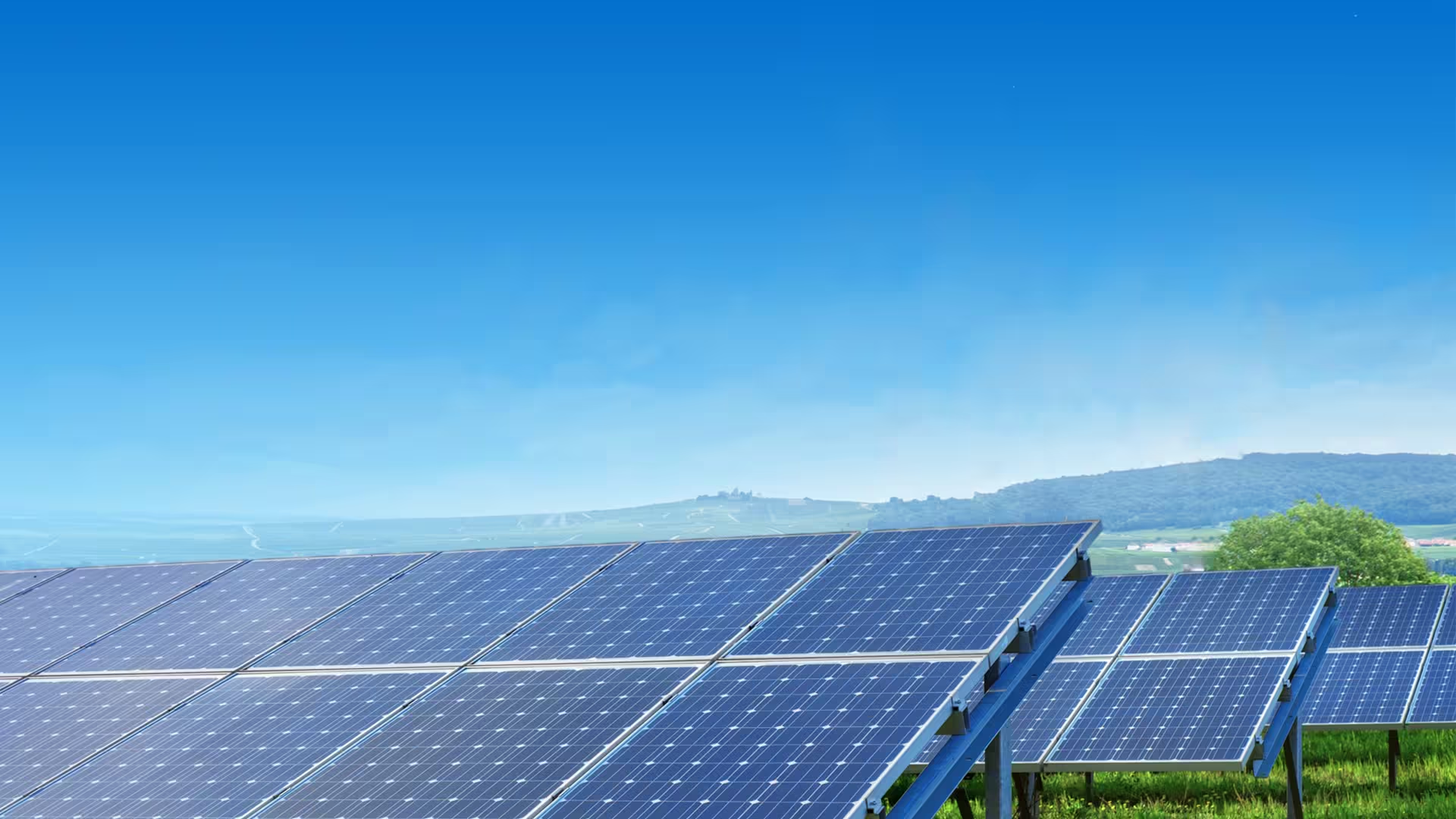Understanding Hybrid Solar Systems: A Comprehensive Guide
As the world shifts toward more sustainable energy sources, hybrid solar systems have emerged as a game-changing technology. Hybrid solar systems combine the greatest aspects of grid-tied and off-grid systems, providing unrivaled efficiency, dependability, and flexibility. This extensive overview delves into the complexities of hybrid solar systems, including their components, benefits, and comparisons to regular solar setups.
What is a Hybrid Solar System?
A hybrid solar system combines solar power generation, energy storage, and connection to the public electrical grid. This system uses solar energy during the day, stores extra power in batteries, and connects to the grid when solar or battery power is insufficient. This provides a constant power source, making it an excellent choice for both residential and business applications.
Components of a Hybrid Solar System
- Solar Panels: Capture sunlight and convert it into direct current (DC) electricity.
- Inverter: Converts DC electricity from solar panels into alternating current (AC) electricity, suitable for home or business use.
- Batteries: Store excess solar energy for use during nighttime or cloudy days.
- Charge Controller: Regulates the voltage and current from the solar panels to the batteries, preventing overcharging.
- Grid Connection: Allows for the import of electricity from and export of excess electricity to the public grid.
Benefits of Hybrid Solar Systems

1. Energy Independence and Reliability
Hybrid solar systems offer energy independence by reducing reliance on the public grid. During power outages, the stored energy in batteries provides a reliable backup, ensuring an uninterrupted power supply.
2. Cost Savings
By generating and storing solar energy, users can significantly reduce their electricity bills. Additionally, selling excess power back to the grid can create an additional income stream.
3. Environmental Impact
Hybrid systems reduce carbon footprint by maximizing the use of renewable energy and minimizing dependency on fossil fuels. This contributes to a cleaner, more sustainable environment.
4. Scalability and Flexibility
Hybrid solar systems are highly scalable, allowing for the addition of more solar panels or batteries as energy needs grow. This flexibility makes them suitable for various applications, from small residential setups to large commercial installations.
How Hybrid Solar Systems Work

Daytime Operation
During the day, solar panels generate electricity, which is first used to power home appliances. Any excess energy is directed to charge the batteries. Once the batteries are fully charged, additional surplus energy can be exported to the grid.
Nighttime and Cloudy Days
At night or during cloudy periods, when solar generation is low or nonexistent, the system draws power from the batteries. If the battery charge is depleted, the system automatically switches to grid power, ensuring a seamless energy supply.
Grid Interaction
Hybrid systems are designed to interact intelligently with the grid. They can export excess power to the grid when production exceeds consumption, and import power when needed, optimizing energy usage and cost efficiency.
Installation and Maintenance
Installation Process
- Site Assessment: Evaluate the location to determine the optimal placement for solar panels and other components.
- System Design: Customize the system to meet specific energy needs and site conditions.
- Permitting: Obtain necessary permits and approvals from local authorities.
- Installation: Professional installation of solar panels, inverters, batteries, and wiring.
- Commissioning: System testing and activation, ensuring everything operates correctly.
Maintenance Requirements
Hybrid solar systems require less upkeep. To guarantee optimal performance, solar panels should be cleaned on a regular basis, and batteries and inverters should be checked periodically. Most systems include monitoring capabilities to track energy generation and consumption in real time.
Comparing Hybrid Solar Systems to Other Types

Grid-Tied Systems
Grid-tied systems are connected to the public grid and do not include battery storage. They are simpler and less expensive but rely entirely on the grid for power when solar generation is insufficient.
Off-Grid Systems
Off-grid systems operate independently of the public grid, relying solely on solar panels and batteries. They offer complete energy independence but require significant investment in battery storage to ensure reliability.
Hybrid Systems
Hybrid systems combine the advantages of both grid-tied and off-grid systems. They provide the reliability of battery storage and the flexibility of grid connection, making them a superior choice for most users.
Conclusion
Hybrid solar systems represent the future of renewable energy solutions. By combining solar power generation, battery storage, and grid connectivity, they offer unmatched efficiency, reliability, and flexibility. Whether for residential or commercial use, hybrid systems provide a sustainable and cost-effective energy solution that meets the demands of modern life. Embracing hybrid solar technology is not just a step towards energy independence but also a significant contribution to a greener, more sustainable planet.


